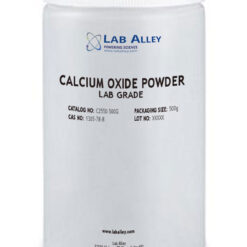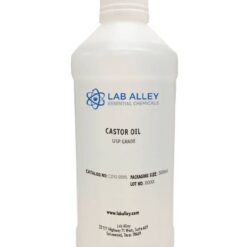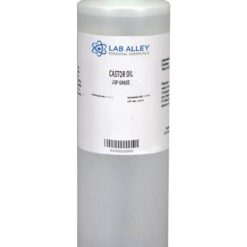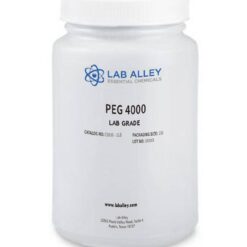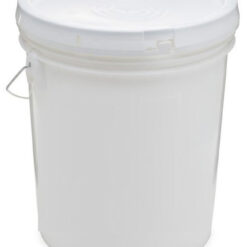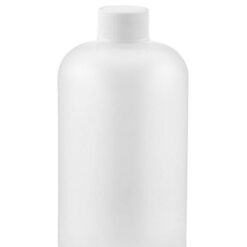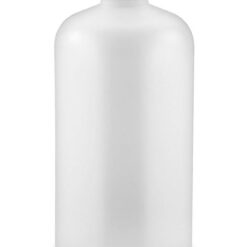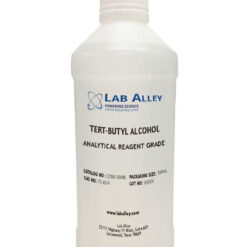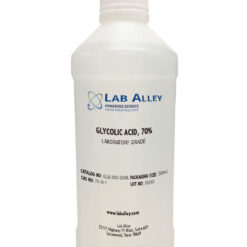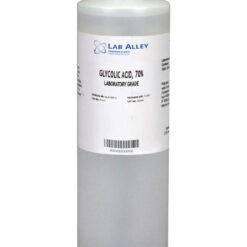Calcium Oxide Powder Lab Grade
$81.00 – $279.00
| 1305-78-8 | |
| CaO | |
| 56.08 | |
| 1910 |
Calcium oxide (CaO), also known as burnt lime, is a widely used chemical compound. At room temperature, it is a white, caustic, alkaline, and crystalline solid. The term “lime” refers to calcium-containing inorganic products that are mostly composed of carbonates, oxides, and hydroxides of calcium, silicon, magnesium, aluminum, and iron. Quicklime, on the other hand, refers to the single chemical component i.e., calcium oxide. The Lab Grade Calcium Oxide at Lab Alley is mostly suitable for educational and research purposes.
Calcium Oxide pH
It is a white to pale yellow powder with a density of 3.35 g/cm3. Its melting point is 2572 °C and its boiling point is 2853 °C. It is soluble in acids, glycerol and a sugar solution. If dissolved in water (Ca(OH)2) exhibits a pH of 12.5. Read more here.
Why Is Calcium Oxide A Basic Oxide?
Basic oxides -it is a complex chemical substance oxides, which form a salt with the chemical reaction with acids or acidic oxides and do not react with bases or basic oxides. For example, the basic oxides include the following: K2O (potassium oxide), CaO (calcium oxide), FeO (iron oxide 2-valent). Read more here.
Why Is Calcium Oxide Used As A Drying Agent?
Calcium oxide is a basic drying agent that is suitable for dehydrating neutral and basic gases, amines, low-boiling alcohols, and ethers. Read more here.
What Happens When Calcium Oxide Reacts With Water?
When calcium oxide (chemical formula: CaO) reacts with water (chemical formula: H2O), the following reaction takes place: The product of this reaction is calcium hydroxide, also known as slaked lime. Thus, when calcium oxide reacts with water, slaked lime is produced. Read more here.
Calcium Oxide Facts
Calcium oxide is often used to “lime” lake waters that have been acidified by acid rain. It reacts with and neutralizes acids in the lake formed when nitric and sulfuric acid in acid rain are carried to earth by rain, snow, sleet, and other forms of precipitation. Read more here.
Calcium Oxide Powder, Lab Grade Features:
| Molar Mass | 56.0774 g/mol |
| Melting Point | 4,662°F (2,572°C) |
| Boiling Point | 5,162°F (2,850°C) |
| Soluble In | Water, Glycerol |
Calcium oxide is widely used in industry, e.g., in making porcelain and glass; in purifying sugar; in preparing bleaching powder , calcium carbide, and calcium cyanamide; in water softeners; and in mortars and cements. In agriculture it is used for treating acidic soils (liming).
Common Uses
- Insecticide
- Reagent
- Dehydrating agent
Commercial/Industrial Applications
- High grade steel manufacturing
- Paper industry
- Cement production
- Fertilizer industries
Because of vigorous reaction of quicklime with water, quicklime causes severe irritation when inhaled or placed in contact with moist skin or eyes. Inhalation may cause coughing, sneezing, labored breathing. It may then evolve into burns with perforation of the nasal septum, abdominal pain, nausea and vomiting. Although quicklime is not considered a fire hazard, its reaction with water can release enough heat to ignite combustible materials. Read more here.
Calcium Oxide Powder, Lab Shipping Information:
DOT: Calcium oxide, 8, UN1910, PG III
Please contact us to request a Safety Data Sheet (SDS) and Certificate of Analysis (COA) for Calcium Oxide Powder, Lab.
| Weight | 1361 lbs |
|---|---|
| Model | 500 Grams, 2.5 Kilograms, 12 Kilograms, 25 Kilograms |





